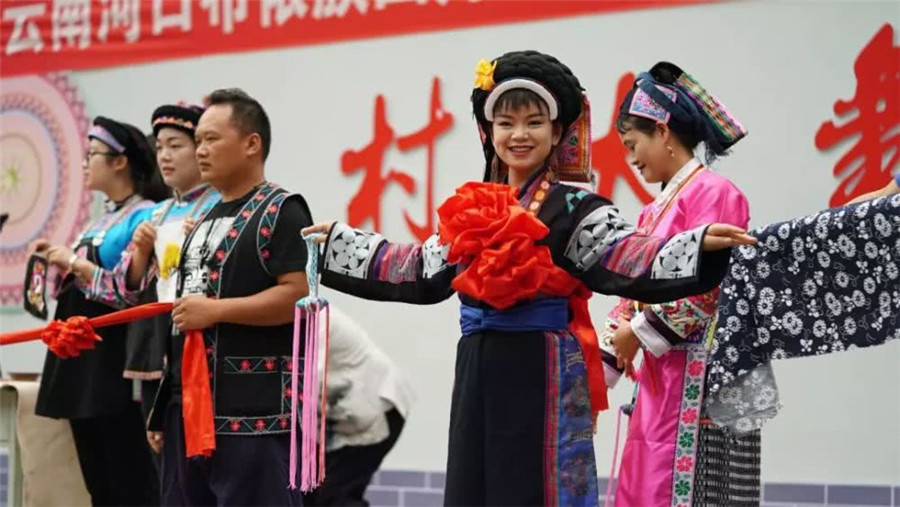Qiaotou Buyi Ethnic Culture Protection Area in Hekou County, Honghe
Qiaotou Buyi Ethnic Culture Protection Area in Hekou County, Honghe
Located in Qiaotou Township, Hekou County, Honghe Prefecture, Yunnan Province, this protection area centers on villages like Laodong Xiazhai, which serve as vital carriers of Buyi cultural heritage.
Honors and Titles
- In July 2009, the People’s Government of Yunnan Province awarded Laodong Xiazhai the title of “Provincial-level Buyi Traditional Culture Protection Area”.
- In July 2018, the Yunnan Provincial Department of Culture granted it the honor of “Provincial-level Ethnic Traditional Cultural Ecological Protection Area”.
Protection and Inheritance Efforts
-
Diverse Cultural Activities
The Hekou Buyi Ethnic Association annually organizes authentic cultural heritage projects within the area, including Buyi embroidery exhibitions, inheritance workshops, and costume performances, ensuring traditional craftsmanship is preserved and developed. -
Cultural Platforms for Inheritance
The association has established Buyi cultural workshops, a cultural grand stage, a cultural activity square, and cultural walls, providing physical spaces for the community to learn, exchange, and showcase their heritage to both locals and visitors. -
Specialized Training Programs
For endangered art forms like the Buyi moon lute, the association, with support from the county’s culture and tourism bureau, secured training projects. These initiatives involved bulk purchasing moon lutes, arranging musical scores, and standardizing performance movements, revitalizing this once-fading art.
Cultural Features
-
Traditional Festivals
The April 8th Ox King Festival is a major event, featuring celebrations that highlight the nation’s unique customs and cultural identity. -
Culinary Traditions
- Five-color flower rice: Glutinous rice dyed with natural plant extracts into vibrant hues, combining visual appeal with aromatic flavors.
- Ash zongzi: A distinctive rice dumpling made with alkaline water from plant ashes, reflecting the Buyi’s traditional food wisdom.
-
Architectural Style
Traditional Buyi homes are mostly stilted or semi-stilted, built into hillsides using local materials like wood and bamboo. These structures embody adaptability to the natural environment and the nation’s ingenuity. -
Folk Arts
-
Suona toast performances: Energetic 唢呐 (suona, a traditional Chinese double-reed instrument) shows during banquets, symbolizing hospitality.
-
Moon lute performances: Melodic musical displays with the Buyi moon lute, reflecting folk stories and daily life.
-
Cai Men Dance (“Opening the Wealth Door” dance): Lively group dances featuring rhythmic movements, expressing prayers for prosperity and happiness.
-
This protection area stands as a vital hub for safeguarding Buyi culture, integrating tradition with modern conservation efforts to ensure its legacy endures for future generations.
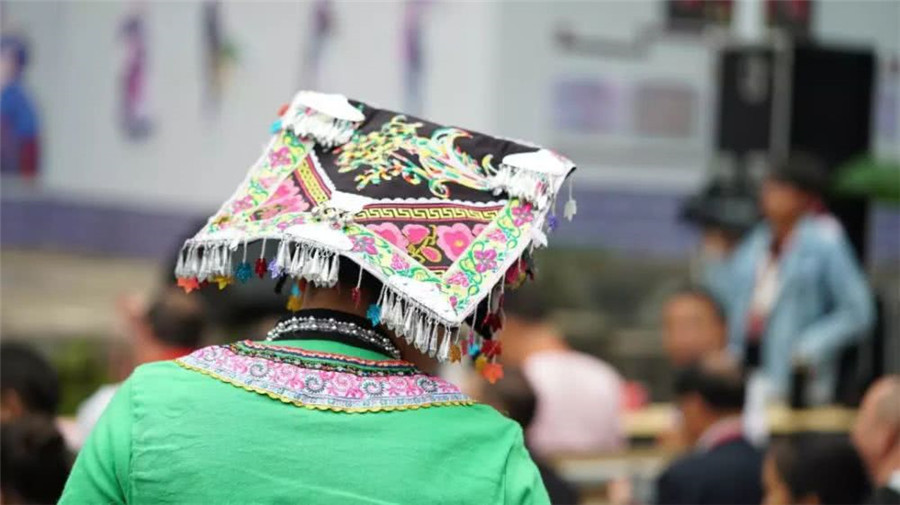
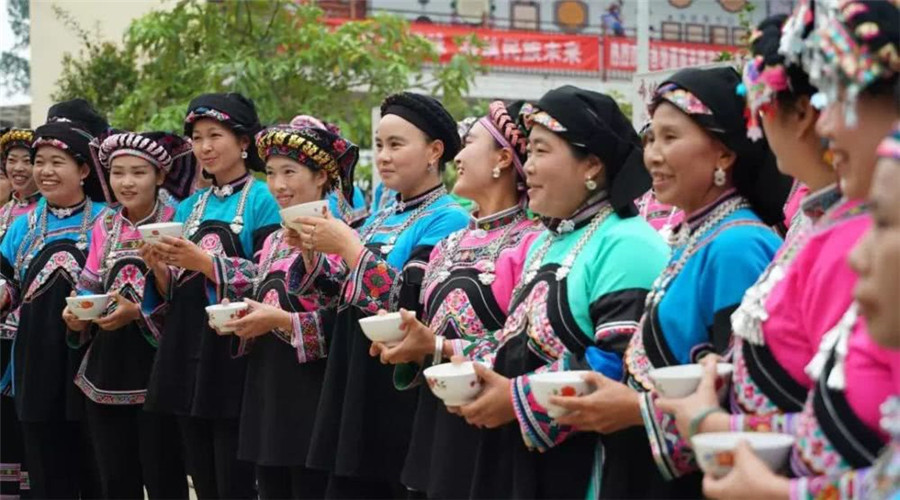
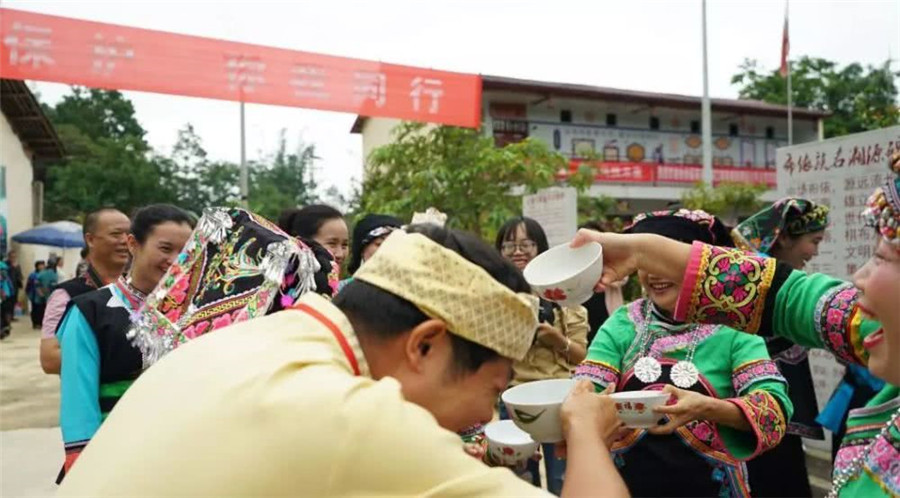
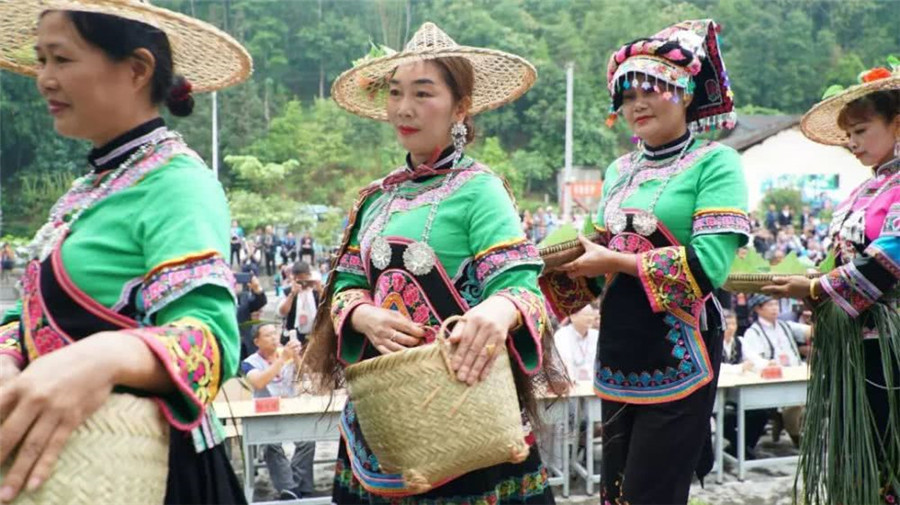
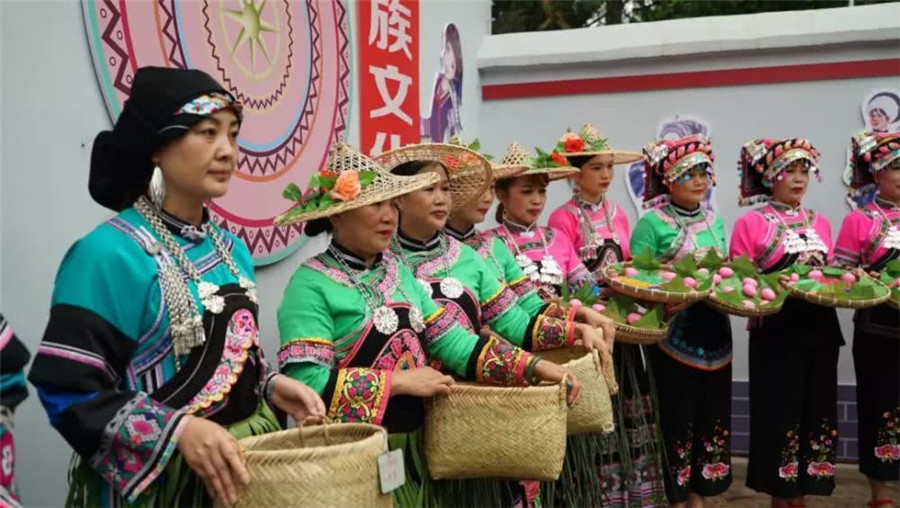
http://www.ynich.cn/view-ml-11114-1693.html

 7 Days GolfingTour
7 Days GolfingTour
 8 Days Group Tour
8 Days Group Tour
 8 Days Yunnan Tour
8 Days Yunnan Tour
 7 Days Shangri La Hiking
7 Days Shangri La Hiking
 11 Days Yunnan Tour
11 Days Yunnan Tour
 6 Days Yuanyang Terraces
6 Days Yuanyang Terraces
 11 Days Yunnan Tour
11 Days Yunnan Tour
 8 Days South Yunnan
8 Days South Yunnan
 7 Days Tea Tour
7 Days Tea Tour
 8 Days Muslim Tour
8 Days Muslim Tour
 12 Days Self-Driving
12 Days Self-Driving
 4 Days Haba Climbing
4 Days Haba Climbing
 Tiger Leaping Gorge
Tiger Leaping Gorge
 Stone Forest
Stone Forest
 Yunnan-Tibet
Yunnan-Tibet
 Hani Rice Terraces
Hani Rice Terraces
 Kunming
Kunming
 Lijiang
Lijiang
 Shangri-la
Shangri-la
 Dali
Dali
 XishuangBanna
XishuangBanna
 Honghe
Honghe
 Kunming
Kunming
 Lijiang
Lijiang
 Shangri-la
Shangri-la
 Yuanyang Rice Terraces
Yuanyang Rice Terraces
 Nujiang
Nujiang
 XishuangBanna
XishuangBanna
 Spring City Golf
Spring City Golf
 Snow Mountain Golf
Snow Mountain Golf
 Stone Mountain Golf
Stone Mountain Golf
